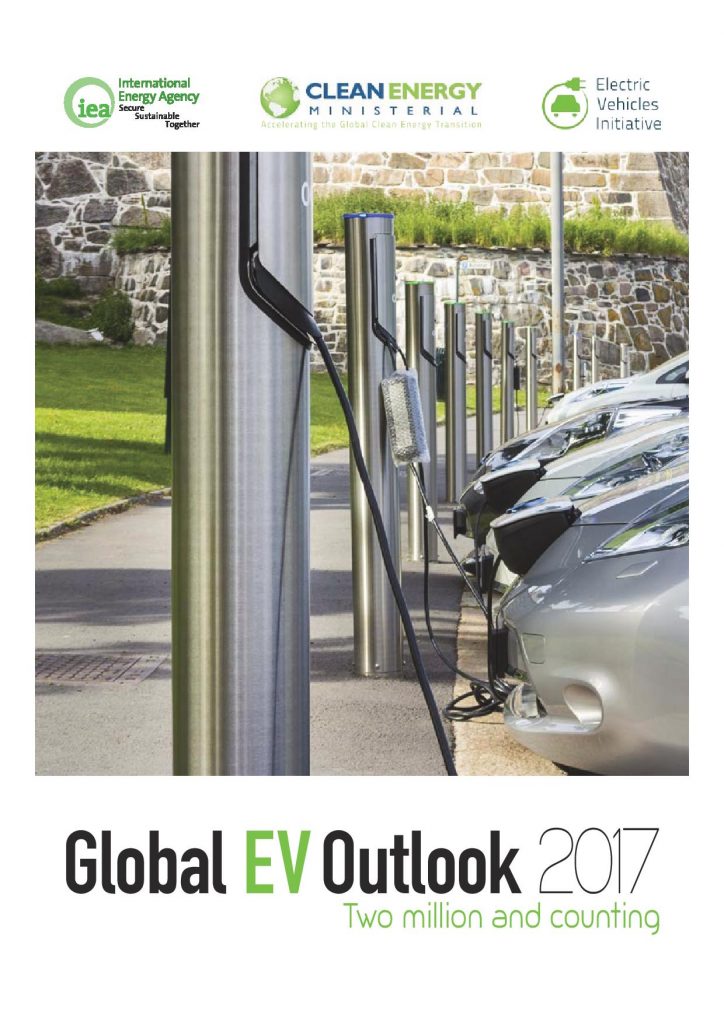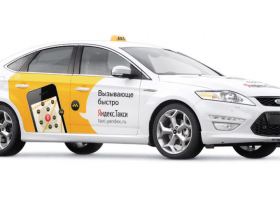The number of electric cars on the roads around the world rose to 2 million in 2016, following a year of strong growth in 2015, according to the latest edition of the International Energy Agency’s Global EV Outlook.
The report highlights that cities are taking leadership roles in encouraging electric vehicle (EV) adoption, often because of concerns about air quality, and that major urban centres usually achieve higher EV market shares compared to national averages. A third of global EV sales took place in 14 cities in 2015.
“Cities have a unique role to play in supporting the deployment of charging infrastructure in a way that best adapts to the characteristics of the urban mobility and geography of each city,” Marine Gorner, co-author of the Global EV Outlook 2017, told Cities Today. “Cities are also in the best position to attract and implement innovation, run pilot tests leading to improvements before scale up. More importantly, the urban space offers a lot of advantages for testing and promoting synergies between innovations in different sectors, for example shared mobility and electrification.”
Paris, for instance, has mandated that any electric car is allowed to re-charge at the stations of its car-sharing programme, Autolib. Amsterdam has a unique strategy of offering the installation of charging points on public parking spaces to people who make a request, ensuring that charging infrastructure is installed where it’s actually needed. London for its part encourages EV adoption by waiving its congestion charge.
Four major US cities–Los Angeles, Seattle, San Francisco and Portland–are leading a partnership of over 30 cities to mass-purchase EVs for their public fleets including police cruisers, street sweepers and trash haulers. The group is currently seeking to purchase over 110,000 EVs, a significant number when compared to the 160,000 total EVs sold in the United States in 2016.
“Cities can complement government support provided in the form of standards, taxation and financial incentive, with measures adapted to the local context and that further enhance the value-proposition of driving electric,” added Gorner. “These measures usually take the form of waivers on access restrictions or congestion charging, access to bus lanes, free/dedicating parking, and can be designed by municipalities in accordance with their own very specific features of geography, density and mobility patterns.”
The electric car market is set to transition from early deployment to mass market adoption over the next decade or so. Between 9 and 20 million electric cars could be deployed by 2020, and between 40 and 70 million by 2025, according to estimates based on recent statements from carmakers.
Still, electric vehicles only made up 0.2 percent of total passenger light-duty vehicles in circulation in 2016. They have a long way to go before reaching numbers capable of making a significant contribution to greenhouse gas emission reduction targets. In order to limit temperature increases to below 2°C by the end of the century, the number of electric cars will need to reach 600 million by 2040, according to IEA’s Energy Technology Perspectives.
“To meet GHG emission mitigation goals, the electrification of mobility needs to go hand-in hand with the deep decarbonisation of electricity supply,” said Gorner. “This transition takes place on top of other major changes taking place at lower costs, including the increased reliance on public transport modes and the development of urban environments allowing the reduction of trip distances in metropolitan areas.”
The report highlights that cities are taking leadership roles in encouraging electric vehicle (EV) adoption, often because of concerns about air quality, and that major urban centres usually achieve higher EV market shares compared to national averages. A third of global EV sales took place in 14 cities in 2015.
“Cities have a unique role to play in supporting the deployment of charging infrastructure in a way that best adapts to the characteristics of the urban mobility and geography of each city,” Marine Gorner, co-author of the Global EV Outlook 2017, told Cities Today. “Cities are also in the best position to attract and implement innovation, run pilot tests leading to improvements before scale up. More importantly, the urban space offers a lot of advantages for testing and promoting synergies between innovations in different sectors, for example shared mobility and electrification.”
Paris, for instance, has mandated that any electric car is allowed to re-charge at the stations of its car-sharing programme, Autolib. Amsterdam has a unique strategy of offering the installation of charging points on public parking spaces to people who make a request, ensuring that charging infrastructure is installed where it’s actually needed. London for its part encourages EV adoption by waiving its congestion charge.
Four major US cities–Los Angeles, Seattle, San Francisco and Portland–are leading a partnership of over 30 cities to mass-purchase EVs for their public fleets including police cruisers, street sweepers and trash haulers. The group is currently seeking to purchase over 110,000 EVs, a significant number when compared to the 160,000 total EVs sold in the United States in 2016.
“Cities can complement government support provided in the form of standards, taxation and financial incentive, with measures adapted to the local context and that further enhance the value-proposition of driving electric,” added Gorner. “These measures usually take the form of waivers on access restrictions or congestion charging, access to bus lanes, free/dedicating parking, and can be designed by municipalities in accordance with their own very specific features of geography, density and mobility patterns.”
The electric car market is set to transition from early deployment to mass market adoption over the next decade or so. Between 9 and 20 million electric cars could be deployed by 2020, and between 40 and 70 million by 2025, according to estimates based on recent statements from carmakers.
Still, electric vehicles only made up 0.2 percent of total passenger light-duty vehicles in circulation in 2016. They have a long way to go before reaching numbers capable of making a significant contribution to greenhouse gas emission reduction targets. In order to limit temperature increases to below 2°C by the end of the century, the number of electric cars will need to reach 600 million by 2040, according to IEA’s Energy Technology Perspectives.
“To meet GHG emission mitigation goals, the electrification of mobility needs to go hand-in hand with the deep decarbonisation of electricity supply,” said Gorner. “This transition takes place on top of other major changes taking place at lower costs, including the increased reliance on public transport modes and the development of urban environments allowing the reduction of trip distances in metropolitan areas.”


















